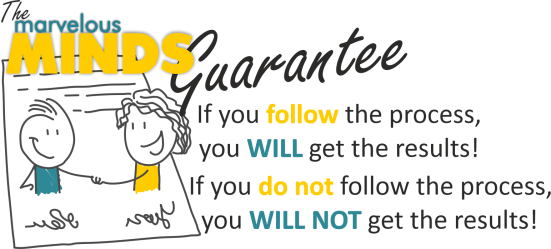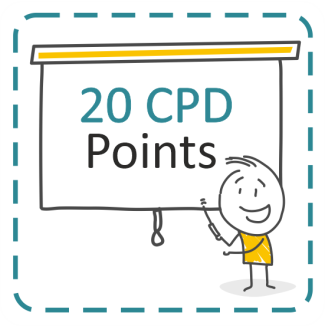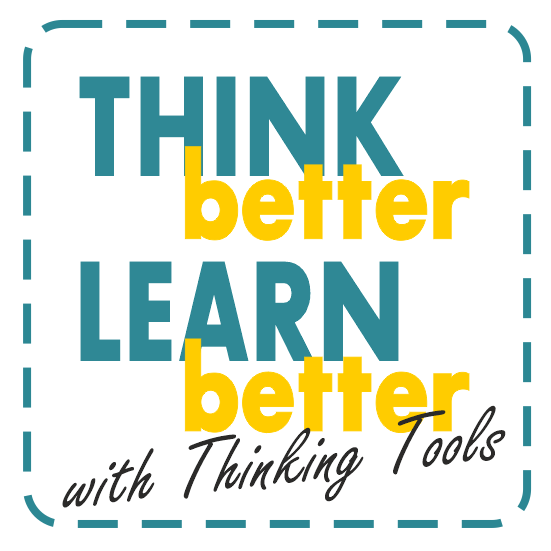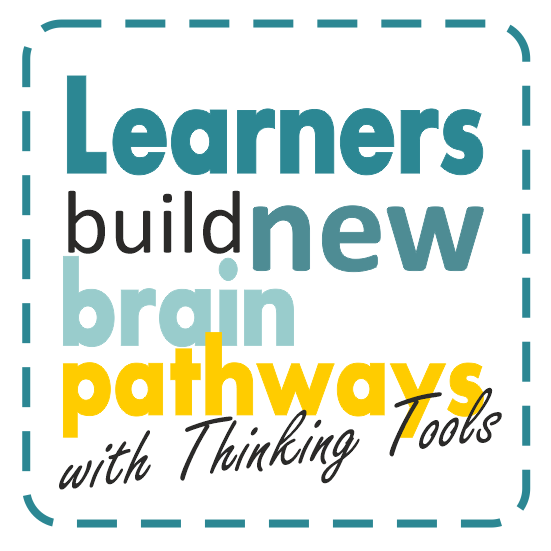

– Albert Einstein

Choose one of our Thinking Tool Educator Courses…

Course Content
Module 1:
Your thinking & teaching
Module 2:
Thinking Tools impacts classroom communication
Module 3:
Thinking styles & group dynamics
Module 4:
Mothership of all thinking
Module 5:
Surface & deep thinking
Module 6:
Analyze, synthesize & evaluate
Module 7:
7 Thinking hats
Module 8:
Thinking maps that speak brain language
Module 9:
5 Clever teaching methods
Module 10:
Blooms upside down – a 3D perspective
Module 11:
Clever learning activities
Module 12:
Hide & seek
Module 13:
Formative assessment with a WOW
Module 14:
Monitor learners with a formative assessment GPS
Module 15:
The MacGyver toolkit keeps track of learners’ progress without them knowing how
Module 16:
Thinking Tools teaching planner

“Implementing the Thinking Tools methods of teaching has transformed my Grade 7 classroom. My students have become more responsive and their confidence has significantly improved as we progress through the lessons. The scaffolding approach allows me to guide the learners effectively, enabling them to identify and solve problems independently. It’s incredibly rewarding to witness real-time results and enhanced understanding without the need for extensive explanations.”
– Mrs. de Villiers,
Gr 7 Math teacher
“Implementing the Thinking Tools methods of teaching has transformed my Grade 7 classroom. My students have become more responsive and their confidence has significantly improved as we progress through the lessons. The scaffolding approach allows me to guide the learners effectively, enabling them to identify and solve problems independently. It’s incredibly rewarding to witness real-time results and enhanced understanding without the need for extensive explanations.”
– Mrs. de Villiers,
Gr 7 Math teacher

Course Content
Module 1:
Your thinking & teaching
Module 2:
Thinking Tools impacts classroom communication
Module 3:
Thinking styles & group dynamics
Module 4:
Mothership of all thinking
Module 5:
Surface & deep thinking
Module 6:
Analyze, synthesize & evaluate
Module 7:
7 Thinking hats
Module 8:
Thinking maps that speak brain language
Module 9:
5 Clever teaching methods
Module 10:
Blooms upside down – a 3D perspective
Module 11:
Clever learning activities
Module 12:
Hide & seek
Module 13:
Formative assessment with a WOW
Module 14:
Monitor learners with a formative assessment GPS
Module 15:
The MacGyver toolkit keeps track of learners’ progress without them knowing how
Module 16:
Thinking Tools teaching planner
“Implementing the Thinking Tools methods of teaching has transformed my Grade 7 classroom. My students have become more responsive and their confidence has significantly improved as we progress through the lessons. The scaffolding approach allows me to guide the learners effectively, enabling them to identify and solve problems independently. It’s incredibly rewarding to witness real-time results and enhanced understanding without the need for extensive explanations.”
– Mrs. de Villiers,
Gr 7 Math teacher

Course Content
Module 1:
Your thinking & teaching
Module 2:
Thinking Tools impacts classroom communication
Module 3:
Thinking styles & group dynamics
Module 4:
Mothership of all thinking
Module 5:
Surface & deep thinking
Module 6:
Analyze, synthesize & evaluate
Module 7:
7 Thinking hats
Module 8:
Thinking maps that speak brain language
Module 9:
5 Clever teaching methods
Module 10:
Blooms upside down – a 3D perspective
Module 11:
Clever learning activities
Module 12:
Hide & seek
Module 13:
Formative assessment with a WOW
Module 14:
Monitor learners with a formative assessment GPS
Module 15:
The MacGyver toolkit keeps track of learners’ progress without them knowing how
Module 16:
Thinking Tools teaching planner



Click / scan the bar code








